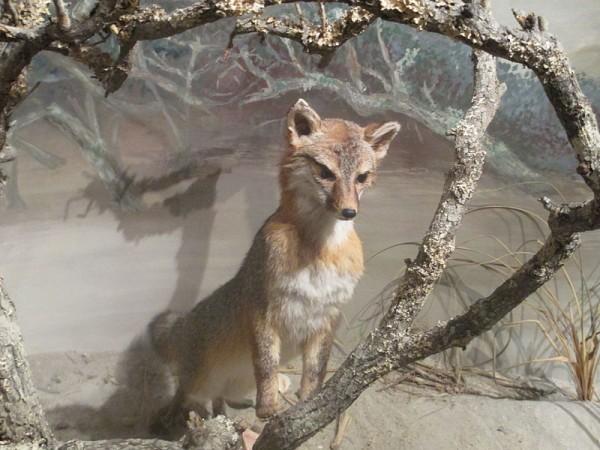
Researchers have uncovered a 5-million-year-old fossilized jawbone and the teeth of a fox.
The fossil fox, which bears the scientific name Vulpes qiuzhudingi, was found in Tibet and is most likely the ancestor of modern Arctic foxes, according to the researchers.
The discovery was made along with many other fossils from cold-loving mammals and supports the Out of Tibet hypothesis:
"That iconic ice-age mammals such as woolly mammoths, saber-toothed tigers and giant sloths first evolved for the cold weather in Tibet before fanning out over the steppes of Central Asia and into North America."
In the past, paleontologists unearthing the Zanda Basin in Tibet found a 3.7-million-year-old woolly rhino fossil. They found that the fossil was older than other fossils of its species. It was discovered when Arctic was much warmer than of now, said study co-author Zhijie Jack Tseng, a paleontologist at the American Museum of Natural History, New York.
In 2006, researchers in the Zanda Basin, found a single-toothed fossil but unfortunately could not match it to a specific animal species. For next several years, they found two other fossils, lower jaw and few teeth that belonged to ancient predatory foxes.
The recently found fox fossils lived from 3.6 million to 5 million years ago. The teeth looked more of modern Arctic fox, which lives across the Arctic from Russia to Scandinavia in the west to Iceland and Greenland in the east.
"The arrangement of the cusps on the tooth are more or less in a straight line and pretty sharp. That meant that the fox was using that tooth for cutting and shearing meat," Live Science quoted Tseng as saying.
This is for the first time that an older predecessor to a modern Arctic animal has been discovered in Tibet, supporting the Out of Tibet hypothesis, Tseng said.
The team has also found other fossils from ancient ages, such as old snow leopards, hyenas and wolf-sized dogs.
"When the Ice Age began that was really sort of a home-court advantage for these animals. Tibetan mammals had millions of years of practice in the cold, they could travel northward and just keep going north, following the cold environment all the way to the Arctic." The Star quoted Jack Tseng.
"You see these animals that are so specialized and perfectly suited to where you see them today, and you think all the traits you see in them arose in that situation, in that context. But when you look in the fossil record, it's often surprising the story that's told," said Rybczynski, a resaercher who recently discovered a primitive camel from the high Arctic.
The findings were published in the journal Proceedings of the Royal Society B.

















